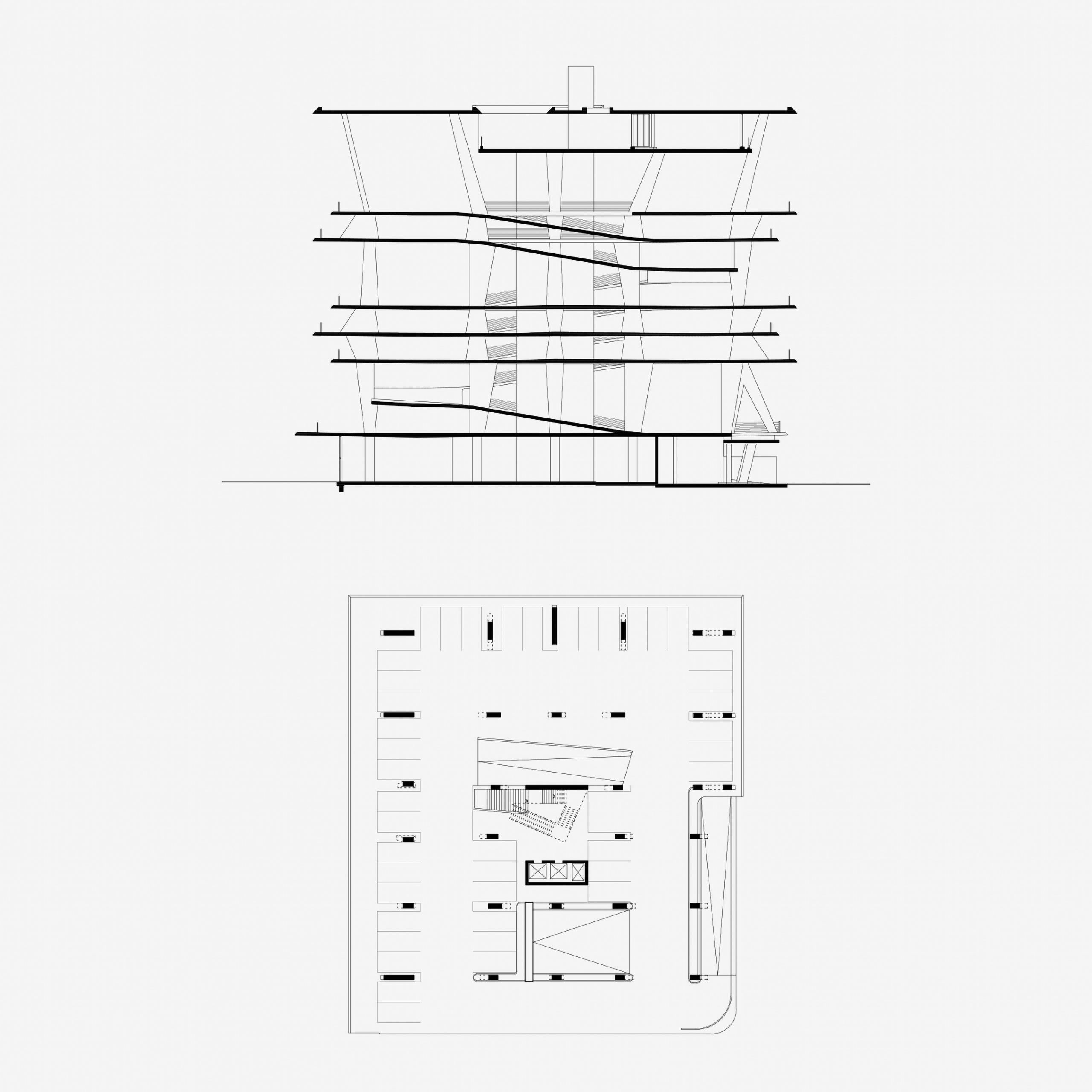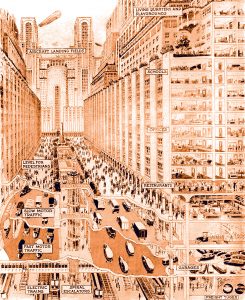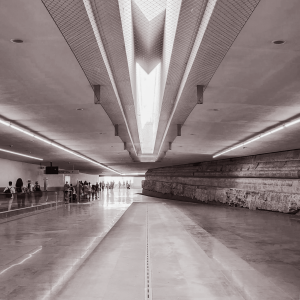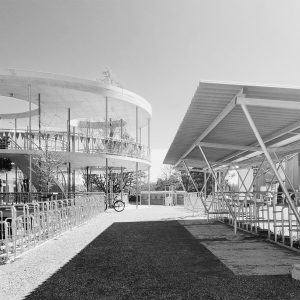Garages are a particular type of building, which have emerged in relatively recent times to meet the ever-increasing demand for parking by motorists. Their design has always been linked to the dimensions and movements of vehicles and they are the exemplary case to observe how an industrial product can influence architecture. With the economic boom after World War II, the car became more and more accessible and especially in cities the large number of vehicles began an invasion of public space. This prompts designers to build increasingly inexpensive parking garages using standardised construction techniques and in a short time a homogenous image of the parking space was formed. It was the cinema, with its settings of murders and robberies, that consolidated the cliché of the car park as a dark and unsafe place. This paper proposes to look at how the theme of the garage has evolved over time by analyzing four projects developed between the early 20th century to recent days. The case studies are: Konstantin Mélnikov’s Garage pour 1000 autos (1st variant), proposed for Paris in 1925, Paul Rudolph’s Temple Street Parking Garage built in New Haven between 1959 and 1961, the parking tower model proposed by Louis I. Khan for the Philadelphia plan in 1957, and Herzog & de Meuron’s 1111 Lincoln Road built in Miami Beach between 2005 and 2010. The analysis investigates the different visions behind each project and studies the spatial qualities through the re-drawing of a plan and a significant section. The goal is to illustrate what makes these four cases exceptions but also to identify the solid principles they share with more ordinary garages. The generosity and repetitiveness of dimensions based on the car module, the clarity of spaces that follow flows, and the bareness of the structure make the garages unfinished buildings open to new interpretations. These much underrated qualities highlight how garages are a prototype capable of dialoguing with time and adapting to the changing and unprecedented spatial needs of a community.
Bibliography
- Frampton, K. (1999), Tettonica e architettura. Poetica della forma architettonica nel XIX e XX secolo [Studies in tectonic culture: the poetics of Construction in Nineteenth and Twentieth Century Architecture], Skira,.
- Henley, S. (2007), The Architecture of Parking, Thames & Hudson.
- Klose, D. (1965), Parcheggi e garages [Parkhäuser und Tiefgaragen], Edizioni di Comunità



